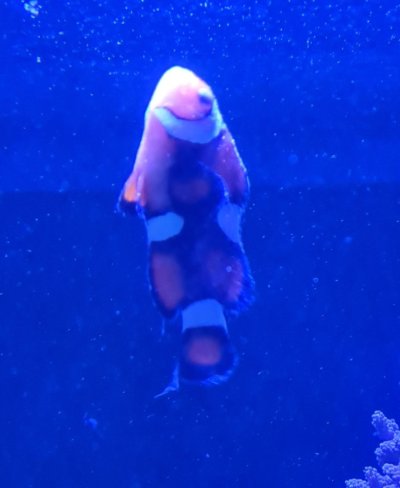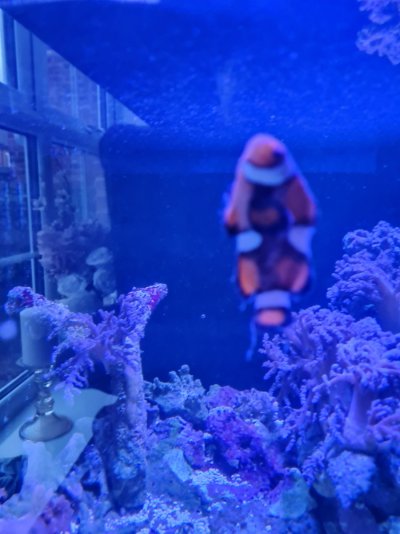vetteguy53081
Well known Member and monster tank lover
View Badges
Partner Member 2024
Excellence Award
Reef Tank 365
RGB
Article Contributor
Tampa Bay Reef Keepers
West Palm Beach Reefer
Hospitality Award
Ocala Reef Club Member
305 Reef Club
Wisco Reefers
Midwest Reefer
Fish Medic
MAC of SW Florida
Rock Pool Reef Keepers
R2R Secret Santa 2023
My Tank Thread
My Aquarium Showcase
This looks more like Brooklynella disease but need pics under white light intensity to confirmHi, the aquarium we purchased the fish from diagnosed for us. All the symptoms you mention above were present including a loss of colour and shedding of scales. See attached photos/videos
Thanks. Appreciate it
























